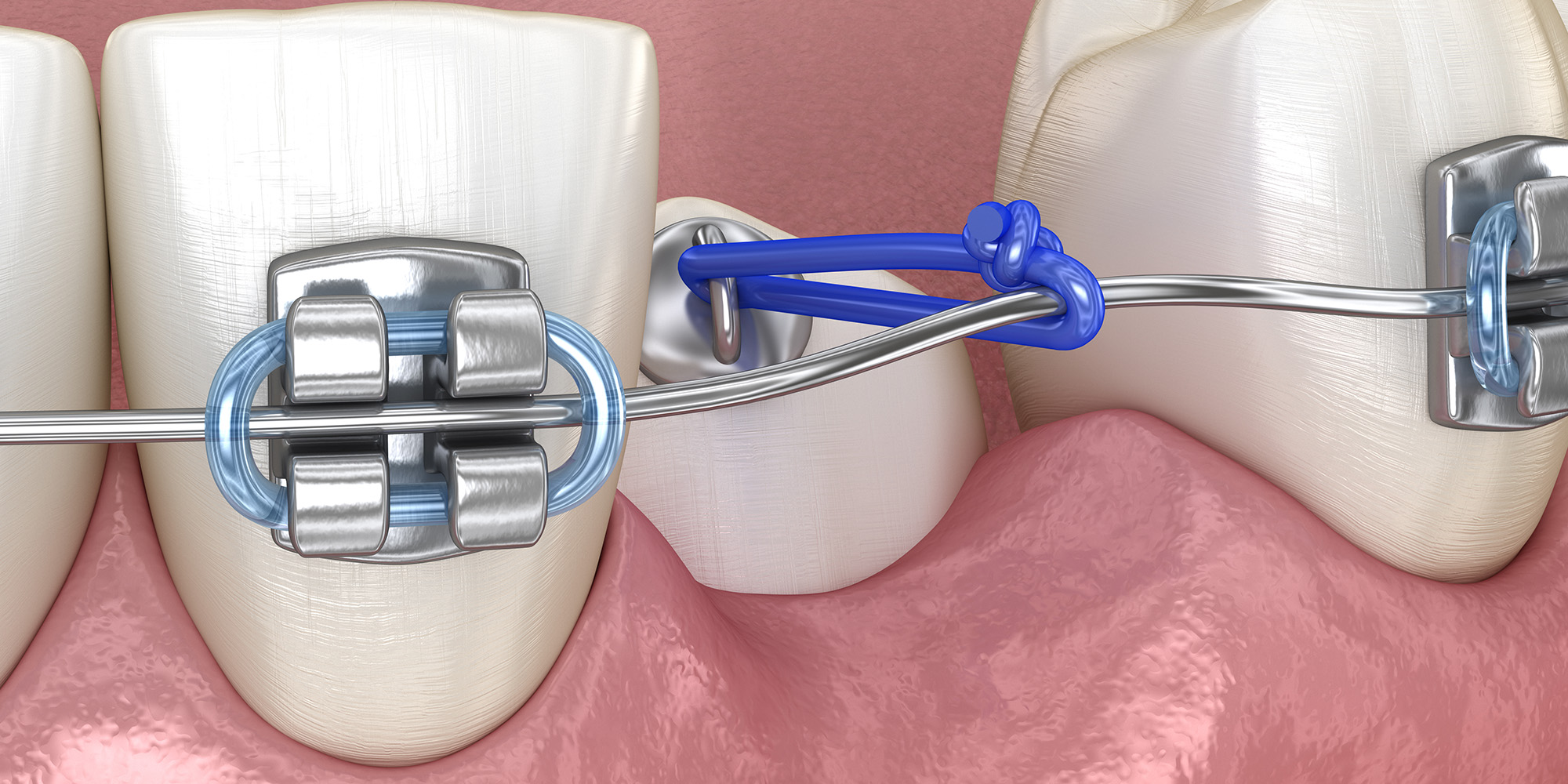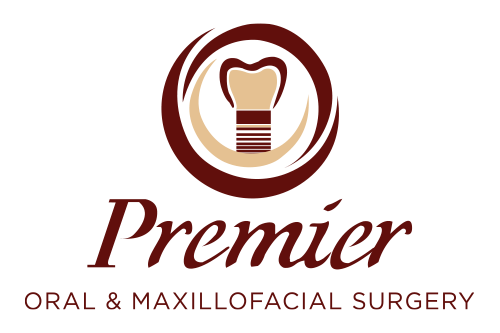

Surgical Canine Exposures - Papillion, NE
Exposure of Impacted Canine Teeth Prevents Functional and Esthetic Issues
Caring and Comfortable Oral Surgery for Unerupted Teeth
Maxillary canine teeth (also known as upper cuspids or “eyeteeth”) are the pointed teeth on either side of the lateral incisors, which are next to your central incisors (two upper front teeth). When one of these teeth, which are crucial to the alignment of other teeth, is impacted, it’s unable to emerge (or “erupt”) completely and gets stuck beneath the surface of the gums. It can also partially erupt and become displaced, causing it to come in crooked. Third molars (wisdom teeth) are the most commonly impacted teeth in Papillon, NE, due to their long development time and lack of space, followed by maxillary canines, which are typically one of the last teeth to erupt into the arch. Canines in the lower jaw rarely become impacted, but impacted or displaced canines in the upper jaw, which primarily affect children and adolescents, usually only occur on one side. Impacted canines are twice as common in females as in males, with an estimated overall incidence of 0.9%–2.2%. Impaction can occur due to genetics, inadequate space, prolonged or early loss of primary canines, and problems with lateral incisors (e.g., they’re absent or come in crooked). Canine exposure surgery in Papillon, NE is a procedure in which our skilled and caring oral surgeon Dr. Afolabi Ogunleye assists eruption of an impacted tooth through the gumline.
Early Diagnosis and Intervention is Essential
If upper canine teeth haven’t erupted by the time your child is 13, it’s important to bring them in for a consultation. During this initial appointment, we’ll take digital X-rays and Dr. Ogunleye (who patients call “Dr. O”) will perform a thorough oral exam. If the impaction appears to be more complicated, we may use cone-beam computed tomography (CBCT) to get additional data regarding the location of the impacted tooth and its proximity to adjacent teeth. If an impacted tooth isn’t treated in a timely manner, a lesion can develop around the crown of the tooth. The tooth can become infected and cause damage and pain by putting pressure on the roots of adjacent teeth. Early detection reduces the risk of additional gum abnormalities, and it also prevents more complex treatments (and their associated costs). Prompt intervention with oral surgery in Papillon, NE to expose the canine lessens the risk of potential complications, including bone loss, root resorption and gum recession around the treated tooth.
The Steps in a Surgical Exposure
Rest assured, our team strives to make surgery for an impacted tooth as painless and comfortable as possible. In addition to a local anesthetic to numb your gums, we also offer several soothing and safe sedation options. This is especially helpful for children and teens with dental anxiety. Once sedation has taken effect, Dr. Ogunleye gently lifts the gum tissue on top of the impacted tooth to expose it, then sutures the gums. If a baby tooth is present, he will extract it during the same procedure.
Postoperative Care
Understanding that minimal bleeding, pain and swelling are normal after this procedure, it’s important to carefully follow all of our postoperative instructions for optimal recovery. For most patients, acetaminophen or ibuprofen, taken every three to four hours, provides adequate pain relief. Swelling is also a normal occurrence after surgery, but to minimize it, apply an ice bag, plastic bag or towel filled with ice cubes to the swollen areas, including the extraction site and cheek on the side of it. As much as possible, apply the ice continuously for the first 36 hours. You’ll return to our office 7-10 days after surgery, so we can evaluate the healing process and make sure your child is maintaining good oral hygiene.
Collaboration with Orthodontists
Dr. Ogunleye frequently gets referrals from general dentists for many procedures, and he also works in collaboration with orthodontists on surgical exposures. If your child or teen is under the care of an orthodontist and their doctor requests it, Dr. Ogunleye will bond an orthodontic bracket to the exposed tooth. The bracket has a tiny gold chain that is temporarily attached to an orthodontic arch wire. In most cases, the gum tissue is placed back in its original location and sutures are applied, so only the chain remains visible as it exits a small hole in the gums. About one to 14 days after surgery, your child will visit their orthodontist to have a rubber band attached to the chain. This exerts a light pulling force on the impacted tooth to help move it into proper position. It can take a full year to complete this carefully controlled and gradual process.
Follow-Up Care to Ensure Optimal Oral Function
After the tooth has moved into its final position, Dr. Ogunleye will evaluate the gum tissue around the tooth to make sure it’s sufficiently strong and healthy to sustain a lifetime of chewing and brushing. In some instances, minor gum grafting may be required to restore the long-term health of the surrounding gum tissue.
Delivering comfortable surgical care is always our priority!
To learn more about impacted canine treatment, call or schedule a visit.

